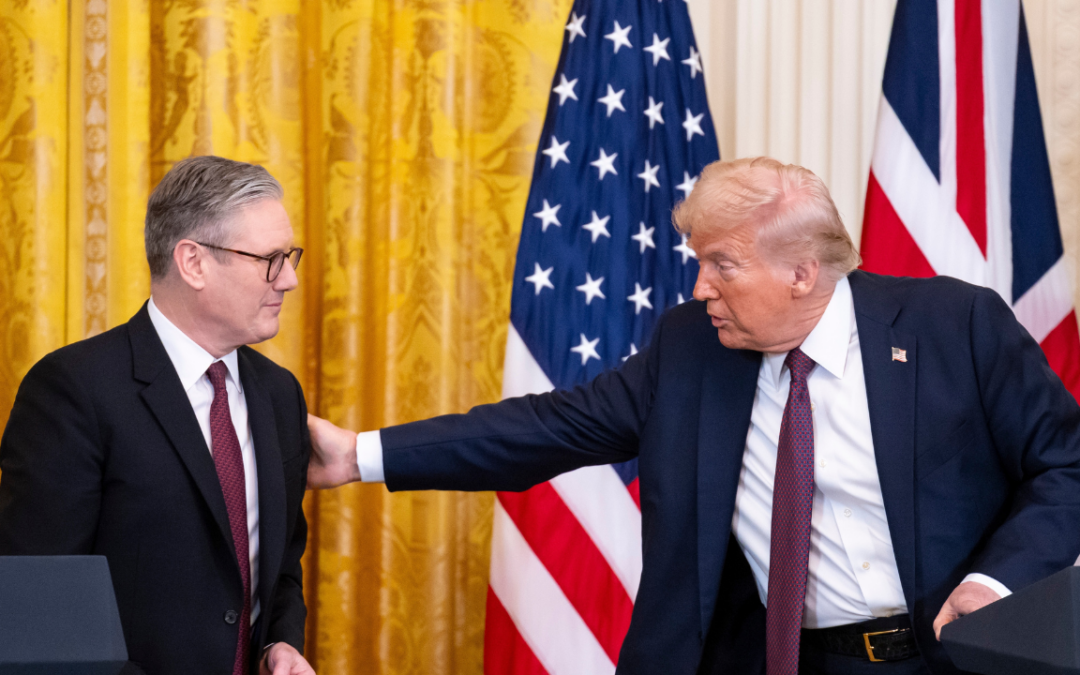Suppose you are a Baby Boomer investor. You manage your portfolio to preserve principal but also to grow it at a market return, or better. It is not your primary business, but being successful contributes to the family income, is part of adult responsibilities and it can be fun. As such, you have various tools to help. You talk to advisors, read research, “google”, and are generally aware of trends in society. But now that Millennials are the doers, Boomers are becoming viewers, investing becomes harder. It is different when you’re on the sidelines rather than on the field.
Unfortunately, the available tools are not helping most Boomers understand whether the new-new “Millennial” things are investable. Are Bitcoin, other cryptocurrencies, non-fungible coins (NFT’s), blockchain, meme stocks or special purpose acquisition companies (SPAC’s) signs of investment bubbles or genuine opportunities? Are they the foundations for the new infrastructure of the 21st century or investment scams?
Boomers have learned that what might be deemed science fiction today could be everyday tools in the future. So many Jules Verne stories and even Star Trek episodes have become real. Will the same be true for electric or autonomous vehicles, DNA pharmaceuticals, or the home office? Is the future one of virtual living, robots and artificial intelligence, with payment in cryptocurrency? Will we ever have to ‘show up’ for work? There are simply so many possibilities based on the embryonic investable “futures” that some ventures will surely pay off handsomely. As Boomers, shouldn’t we be getting in on the ground floor? Isn’t that prudent investing?
Or might this all be a bubble?
In Silicon Valley in the late 1990s home buyers had to bid 50% over the asking price of a home to even be considered. Back then, gardeners and handymen preferred payment in start-up company stock options to cash. Plumbers and cabbies offered stock tips. Yet, we all know how that ended. Fear of missing out (FOMO) is a powerful emotion, but one that can also lead to horrible investment decisions.
How are we Boomers to know the intrinsic value of these new Millennial things? What is Bitcoin really worth? Only what the next person will pay for it? What are NFT’s? Are they ownership of a digital asset, one that you can’t feel, touch, hang on a wall, or put in a safety deposit box, but may have value in a future digital world that we will ‘live’ in? How do you know whether these are investable assets or Ponzi schemes?
To some extent, these questions and our doubts are a generational problem. As Boomers we have lived through amazing change. We get it. We were there when the internet arrived. We recall when we first trusted ATMs over human bank tellers and when the landline gave way to the cellphone and, of course, so much more. Boomers understand technology change, evolution, even revolution.
But with age also comes a certain suspicion. For all the useful and transformative changes that have taken place, we also remember ‘clicks not bricks’, pets.com or WorldCom—the new-new things that left us as investors licking our financial wounds.
So, how does a Boomer investor navigate a Millennial world, full of opportunity but skeptical of snake oil?
The first and most prudent approach is to stick with what you know. It reduces the chances of getting burned. From Peter Lynch, we recall the advice to buy stocks of companies whose products we love.
But sticking to the tried and true puts us at risk of missing out on genuine, transformative change, not to mention the risk of disruption of what we know. Who would have thought that an online bookseller could become a retail juggernaut? That a coed rating system could become an advertising behemoth?
Prudent risk-taking pays off. As former US ambassador to Russia, Robert Strauss, put it following the breakup of the Soviet Union, “If I were young and had $100,000 I’d invest it in Russia. And if I were older and had a few million dollars, I’d invest $100,000 in Russia.”
Some of the new shiny objects will turn out to be real. Others will vanish, taking our hard-earned money with them. Since Boomers may not get investing in a science fiction future, putting a modest percentage of one’s wealth into funds run by someone who does, and make that strategy part of a diversified portfolio, makes sense. It isn’t a get rich quick scheme, but it improves the odds of beating the market in the long run.
Boomers may not envision the future the way a Millennial does. But they have the benefit of experience, of having seen it all before. They know that some things are too good to be true, while others are truly good. And they know that, in moderation, taking risk makes sense.



